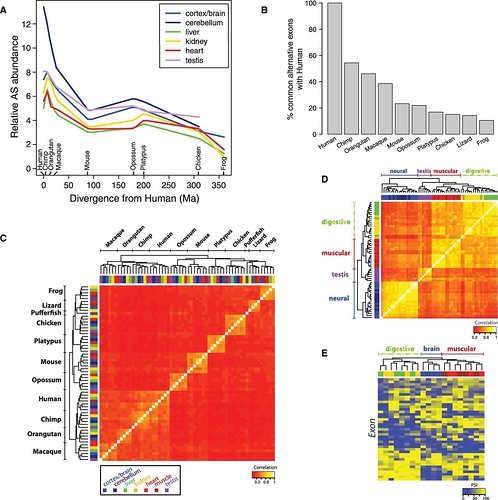That is a good point that for some people such common descent is uncomfortable. However, from a strictly scientific perspective, there are enormous problems. It is tempting to look at the high chimp-human genome similarity and think it is a strong confirmation of common descent. But there are all kinds of much more subtle differences. For example, humans have much more extensive, complicate alternate splicing of those genes.
Given the high similarity between the chimp and human genomes, and the relatively few beneficial mutations in protein-coding genes, evolutionists have considered the possibility of evolution by splicing. In other words, our enormous alternative splicing program may have been an important factor in our evolving from a small, primitive ape.
But there are many thousands of these gene splicing changes that would have to evolve. Given the relatively small effective population sizes, and long generation times, this is highly unlikely. And the problem quickly becomes even worse if groups of genes would need to implement their new splicing logic together. In fact, even if only the order of implementing splicing for a small number of genes is important, the problem quickly becomes even worse yet.
Furthermore, if this somehow could have occurred, it would make no sense on chance evolution given the incredible unlikelihood that exon boundaries would have just happened to set all this up. Like the DNA code, it would be another confirmation of design. There just is no free lunch.
